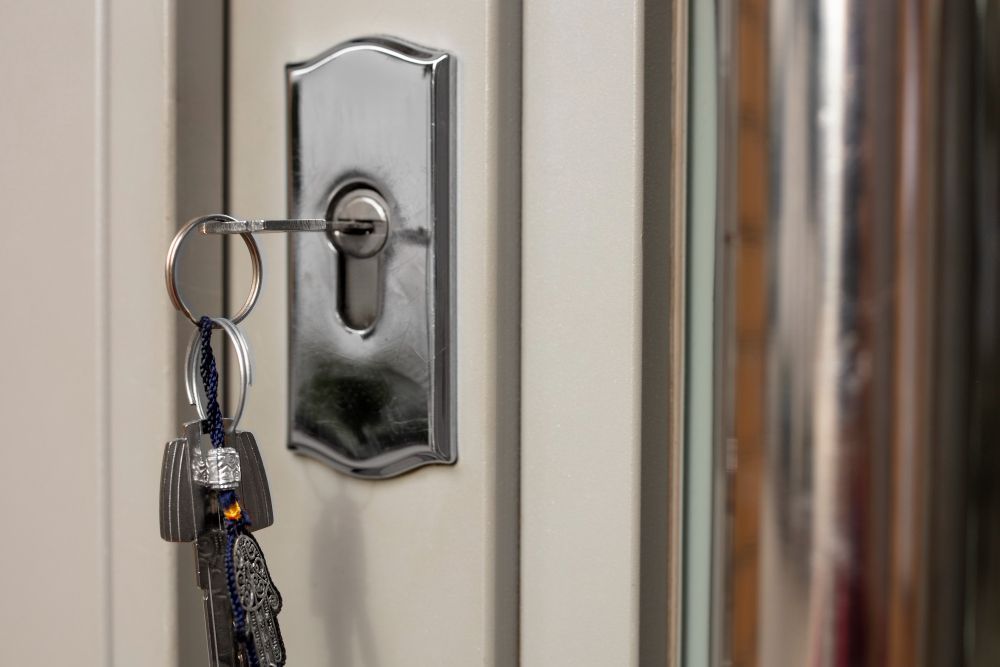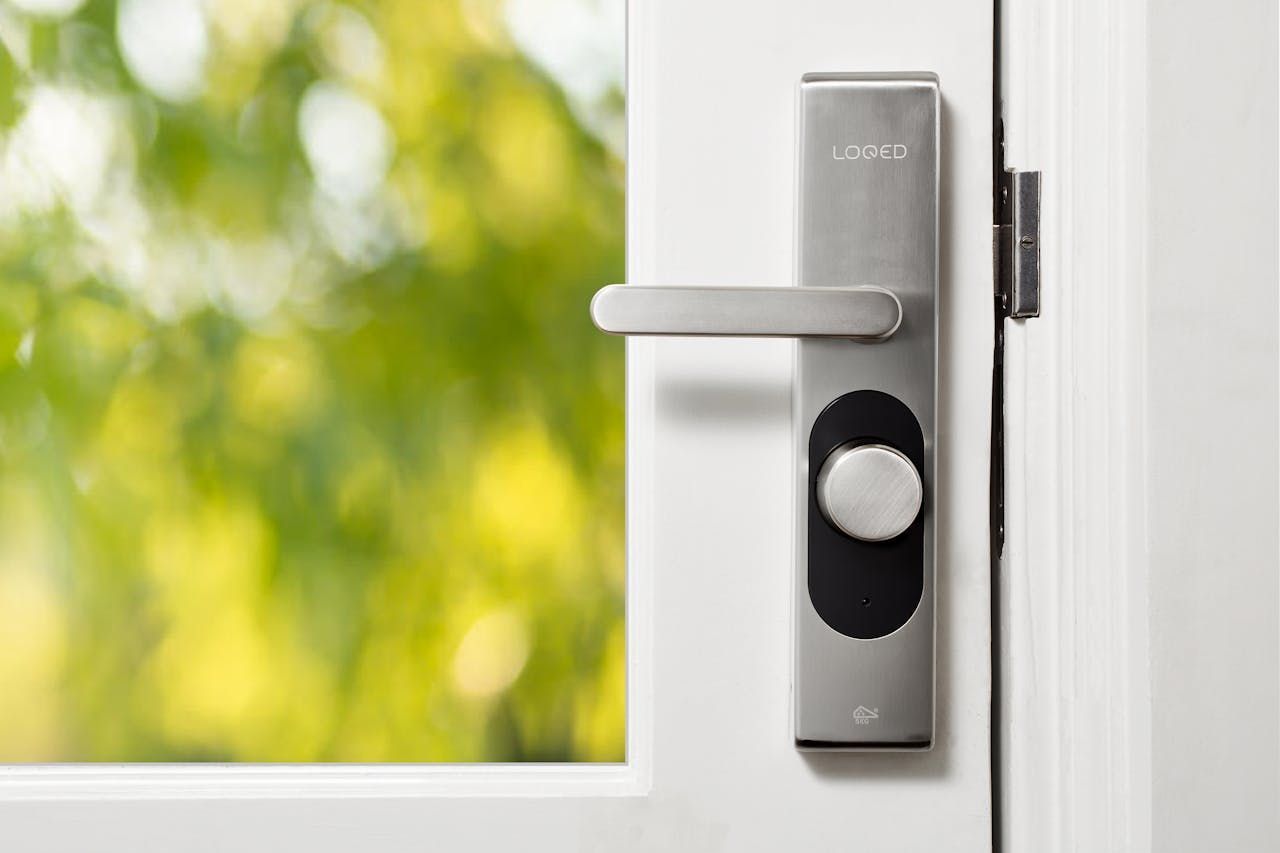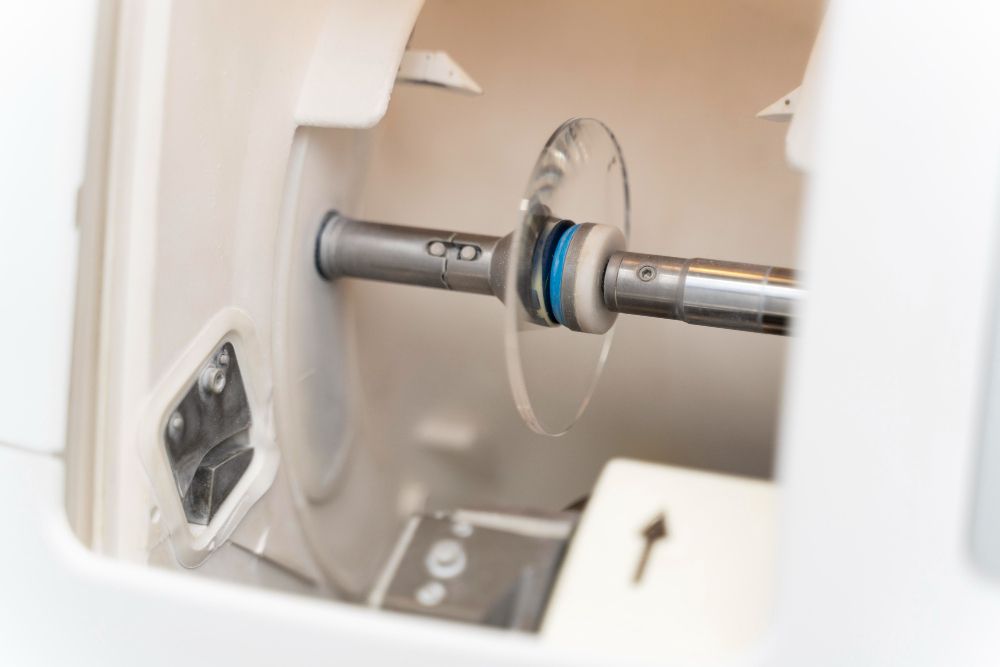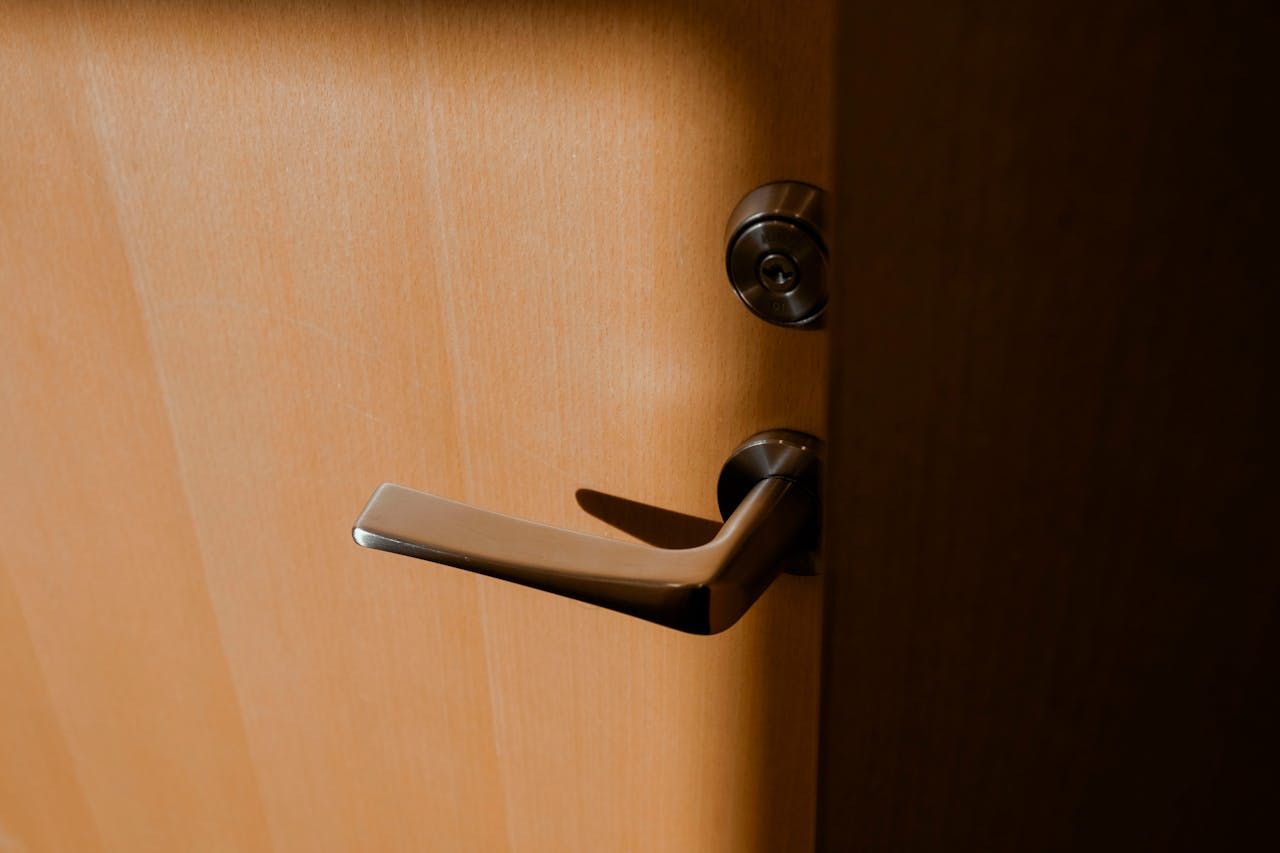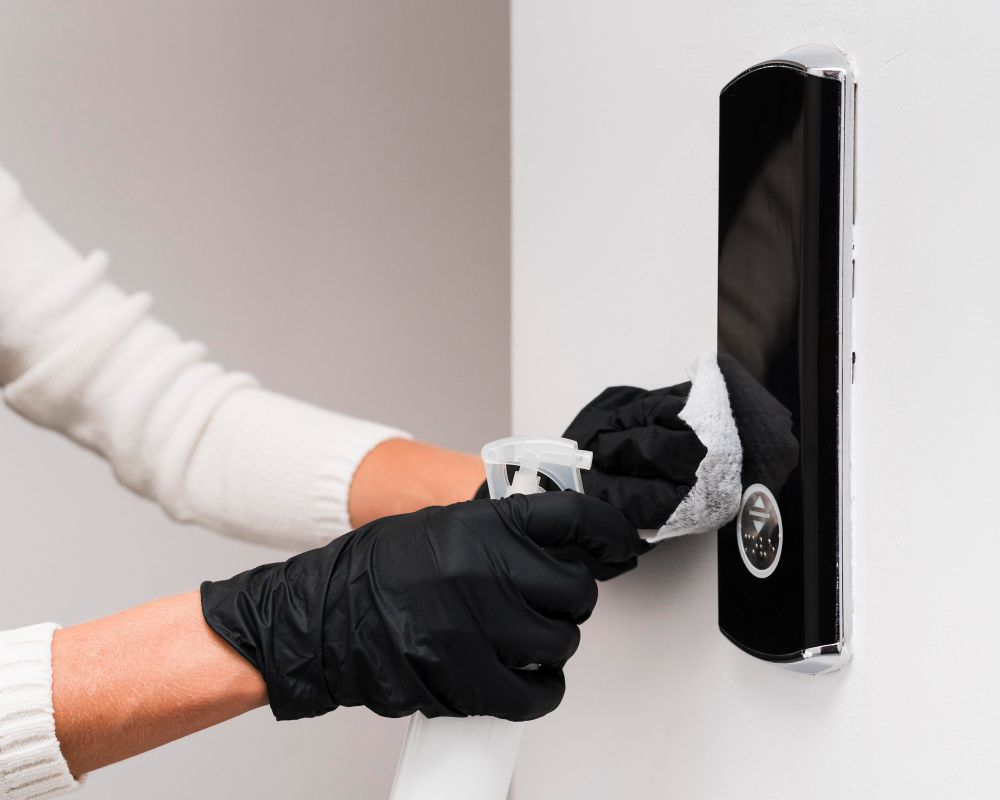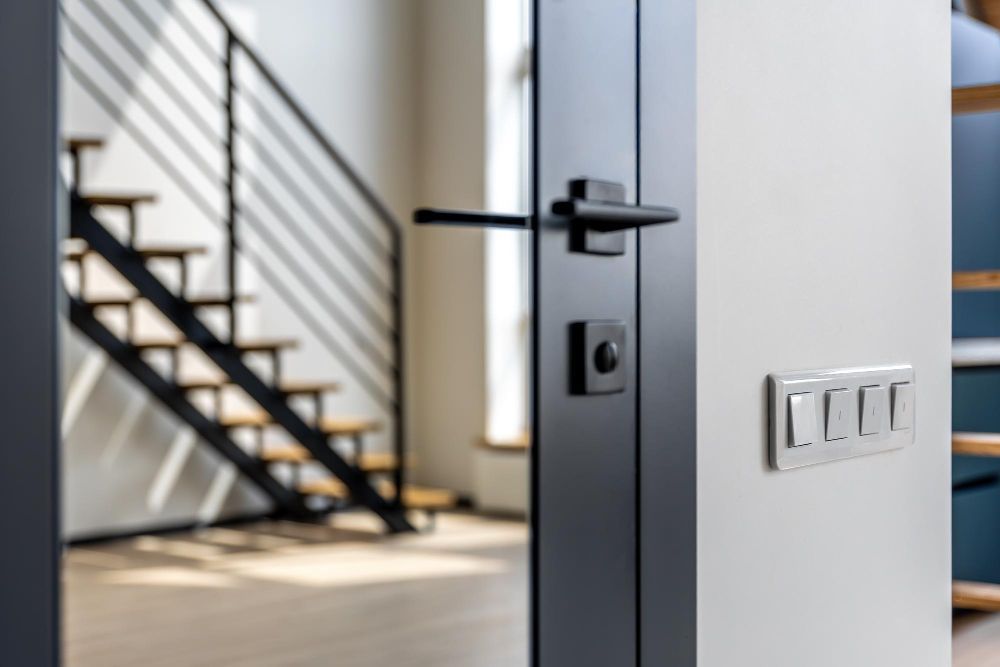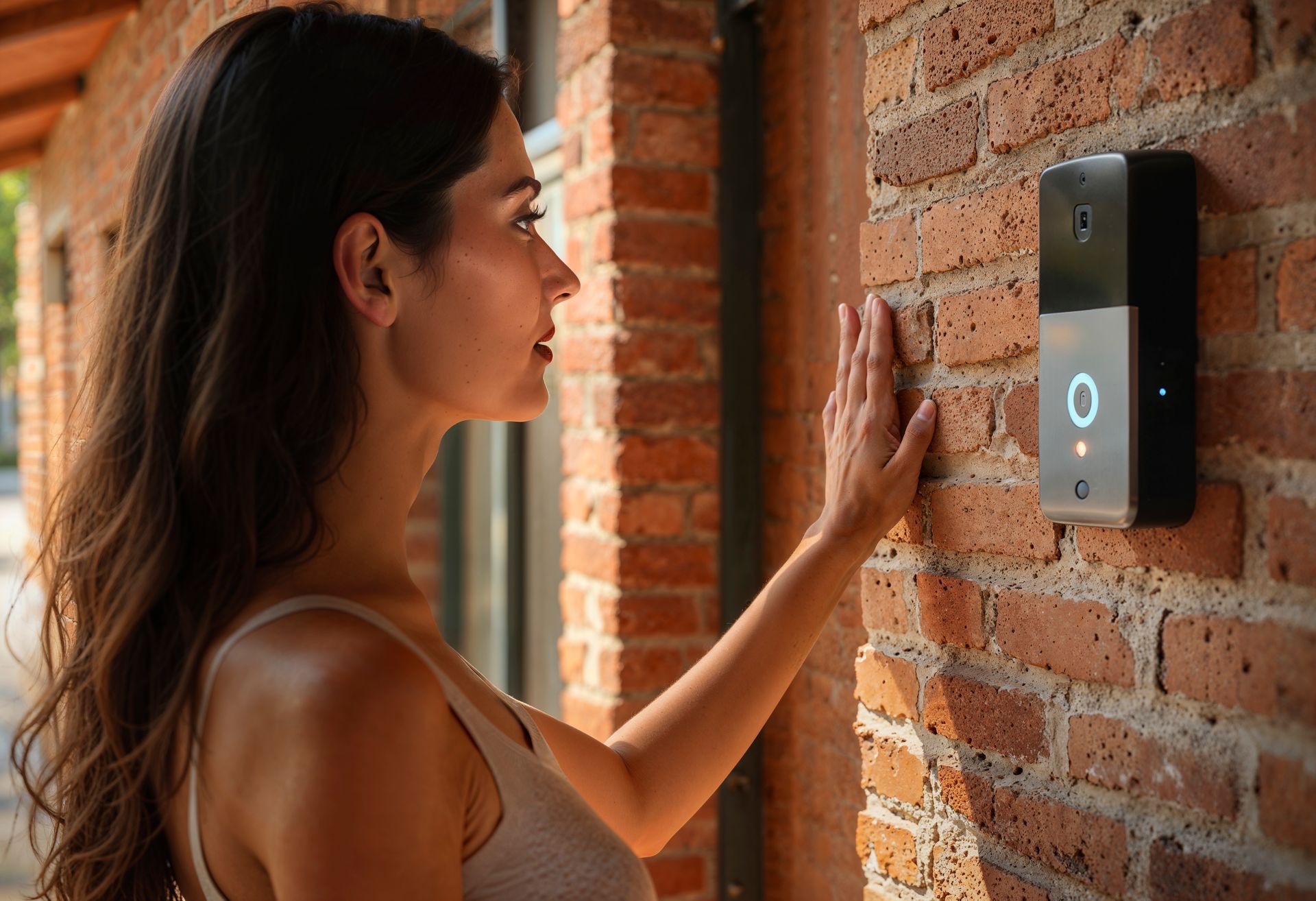What Is Lock Bumping and How Can You Protect Your Home from It
June 29, 2023
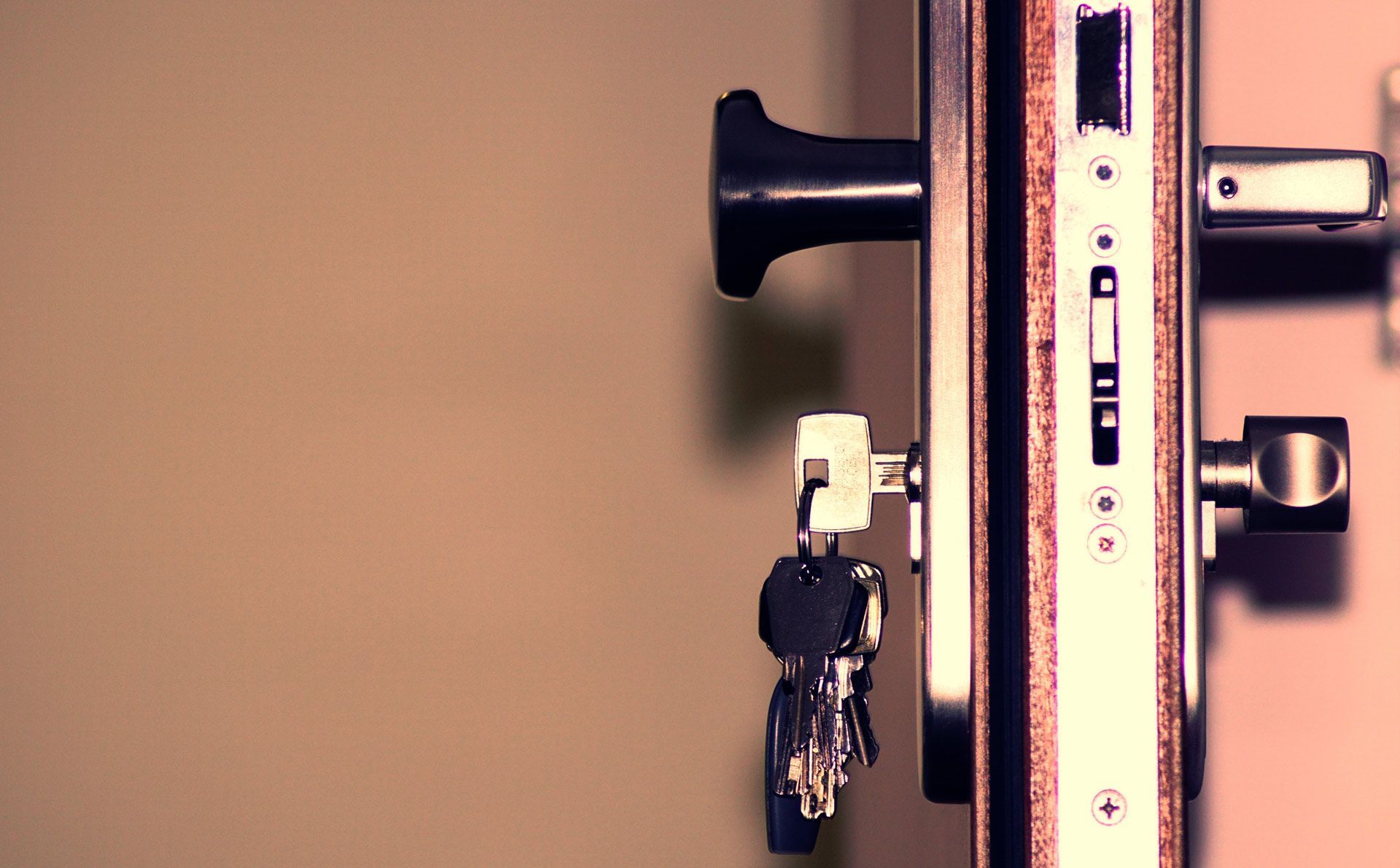
Introduction
Many people believe locking their doors is enough to keep their homes safe. Unfortunately, a technique called lock bumping challenges that sense of security. This method allows intruders to open standard locks quickly and quietly—often without leaving any visible signs of forced entry.
In this blog, we’ll explain what lock bumping is, how it works, which locks are most vulnerable, and what practical steps you can take to safeguard your property.
Understanding Lock Bumping
Lock bumping is a method used to unlock a pin-and-tumbler lock using a specially designed key called a bump key. When the bump key is struck or “bumped” with slight pressure, it forces the pins inside the lock to jump momentarily, allowing the cylinder to turn and the door to open.
What makes this method concerning is that it can be performed in seconds and leaves little to no trace of entry. Many standard locks—especially those found in older homes or lower-cost hardware—can be opened this way.
Because bumping is simple to learn and difficult to detect, it has become one of the more common concerns for homeowners looking to improve their security.
How Lock Bumping Works
To understand how to prevent bumping, it helps to know the basics of how it happens.
- A bump key is cut so that all notches are at the maximum depth for a particular lock brand.
- The key is inserted into the lock, leaving one notch out.
- A light turning force is applied to the key while it’s struck with a tool, such as a small mallet or screwdriver handle.
- The shock moves the pins inside the lock, separating them just long enough to allow the lock to turn.
- The lock opens, usually within seconds and with minimal damage.
This technique exploits the simple mechanics of standard locks, making it possible for intruders to bypass security without complex tools or visible force.
Which Locks Are Most Vulnerable
Not all locks are equally at risk, but many common household locks share design features that make them easier to bump. Locks that are most vulnerable often include:
- Standard pin-and-tumbler locks. These are the most common type used in homes and small businesses.
- Older locks or worn hardware. Over time, the internal components loosen, making bumping easier.
- Low-cost locks. Basic locks from general hardware stores often lack anti-bump features.
- Locks without restricted keyways. Keys that are widely available can make bumping attempts more likely.
If your doors still rely on older or basic lock models, upgrading to newer, bump-resistant locks can significantly improve your security.
How to Protect Your Home from Lock Bumping
Protecting your home from bumping involves strengthening your locks and improving overall door security.
1. Inspect your locks regularly
Check your main entry doors first, then other access points like side and back doors. If your locks are old or showing signs of wear, consider upgrading them.
2. Upgrade to bump-resistant or high-security locks
Locks with specialised pin designs or restricted key systems are far more resistant to bumping. Ask your locksmith about locks specifically designed to withstand forced manipulation.
3. Reinforce your doors and frames
Even the strongest locks can fail if the door or frame is weak. Reinforce strike plates, use longer screws, and ensure your doors fit securely without gaps.
4. Control who has your keys
Limit the number of keys in circulation and avoid having duplicates made at unauthorised locations. Consider rekeying your locks when tenants or occupants change.
5. Add extra layers of protection
Security cameras, motion-activated lights, and alarm systems can deter intruders. While these won’t stop bumping directly, they make your home a much less attractive target.
6. Schedule maintenance
Have your locks inspected by a locksmith every few years. Preventive maintenance can identify weaknesses before they become security issues.
Frequently Asked Questions
Can lock bumping really happen that easily?
Yes. With the right key and minimal experience, a person can bump a standard lock in seconds.
Will lock bumping damage my locks?
Sometimes minor internal wear can occur, but most signs are invisible. This is why bumping can go unnoticed after a break-in.
Do expensive locks guarantee protection from bumping?
Not necessarily. Some high-priced locks still rely on pin-and-tumbler mechanisms that can be bumped. Always check if the lock is labelled “bump-resistant.”
Is my home covered by insurance if bumping occurs?
Policies vary. Because bumping may not leave evidence of forced entry, it’s worth reviewing your insurance policy to confirm coverage.
Can my current locks be modified to resist bumping?
In some cases, a locksmith can upgrade internal parts or replace cylinders. However, the most effective protection often comes from installing a bump-resistant lock.
Conclusion
Lock bumping is a growing concern because of how quick, quiet, and undetectable it can be. Standard locks often aren’t equipped to handle this type of forced entry, leaving many homes more vulnerable than they seem.
By upgrading your locks, reinforcing your doors, managing key access, and using additional deterrents, you can make it much harder for anyone to bypass your security. Taking small, practical steps today can make a significant difference in protecting your property tomorrow.
